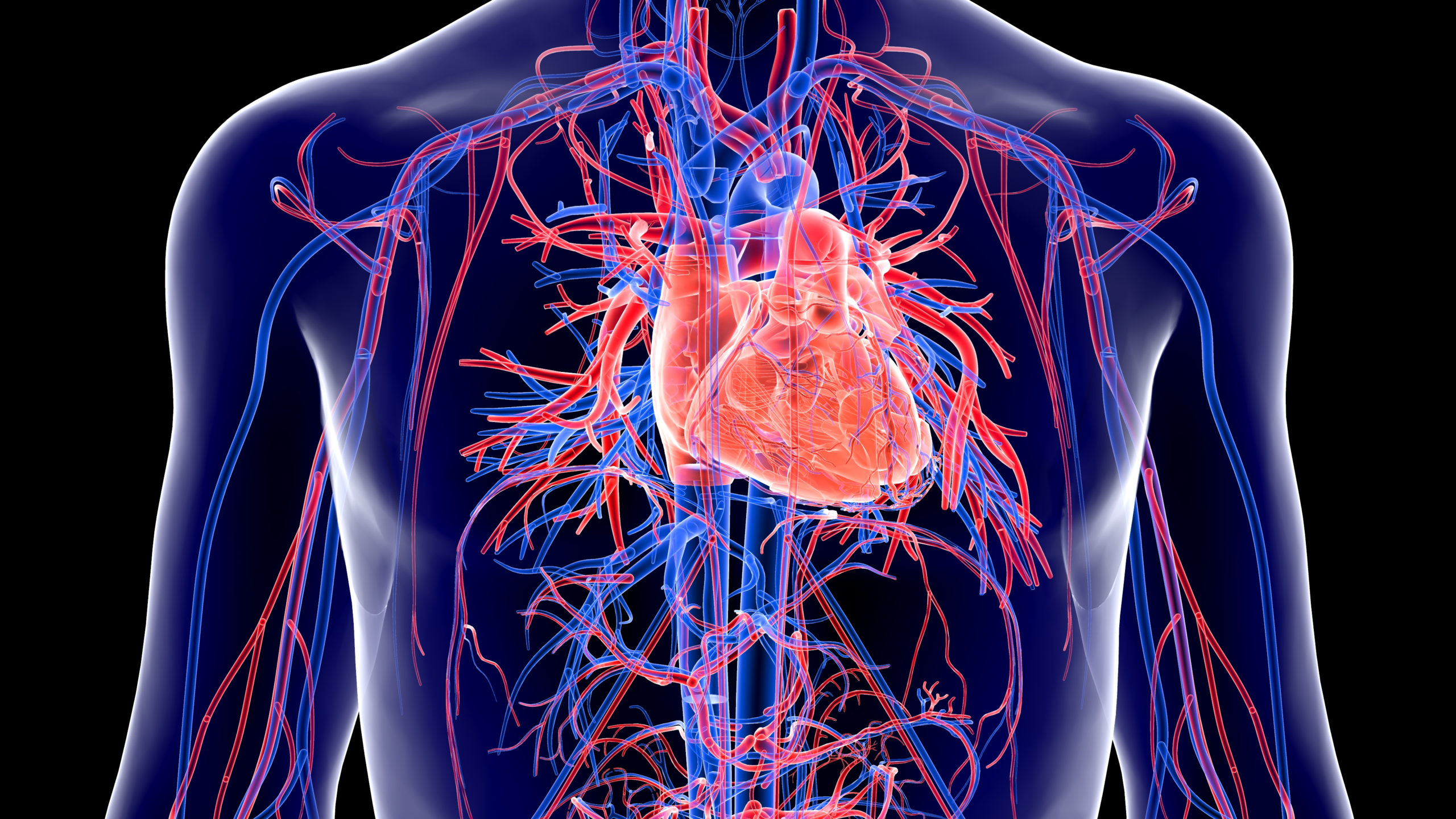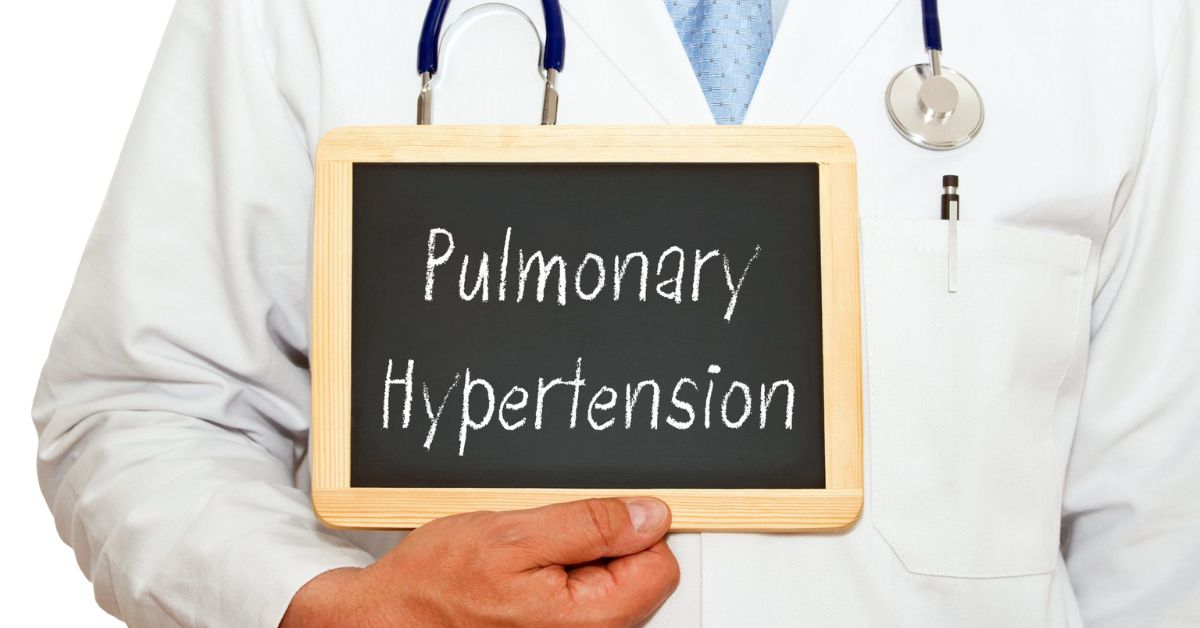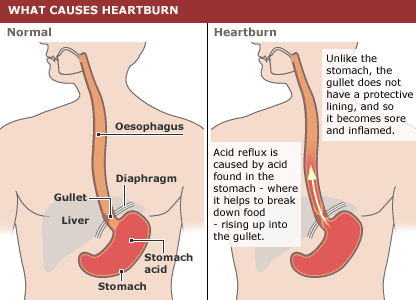Transposition of Great Arteries


Transposition of great arteries is a serious health condition. It causes defects in the heart, but the disease is quite rare.. Fetal ultrasound of the pregnant mothers can detect if the baby has Transposition of great arteries. Since it gets diagnosed at the prenatal stage, the treatment can also start at the earliest stage.
What is the Transposition of Great Arteries?
The two arteries that leave from the heart get transposed in this condition. Generally, the pulmonary artery carries blood from the heart to your lungs to receive oxygen. It is attached to the right ventricle (lower right chamber) of the heart. Normally, aorta is attached to the left ventricle and it carries oxygen-rich blood out of the heart back to the rest of the body.
The positions of pulmonary artery and the aorta are switched in transposition of the great arteries. While the pulmonary artery is connected to left ventricle, aorta is connected to the right ventricle. Therefore, oxygen-poor blood circulates through the right side of your heart and back to the body without passing through your lungs. Oxygen-rich blood flows through left side of your heart and directly back into the lungs without getting circulated to the rest of your body.
Hence, a baby with TGA will have inadequately oxygenated blood and will face severe health complications because their body cannot perform normal functions. Another subtype of this disease is levo-transposition, Here, both the ventricles are switched so that the left ventricle is on right side of the heart and the right ventricle is on the left side of the heart and receives blood from the left atrium. This type is sometimes also called congenitally corrected transposition and the blood usually flows correctly through the heart and body, sometimes causing no or slight symptoms.
What are the Symptoms of Transposition of Great Arteries?
The symptoms of Transposition of Great Arteries are;
- The color of the skin becomes bluish. This is known as cyanosis, and is a bluish cast visible on the mucous membranes and the skin. Low oxygen level in the body makes this symptom prevalent.
- Shortness of breath is another symptom of this disease. The baby can have extreme trouble breathing with Transposition of Great Arteries.
- The pulse rate of the child becomes weaker.
- There is always little appetite observed in the baby.
- The heart of the baby always pounds fast. The heartbeats are irregular .
- Due to lack of appetite, the child feeds poorly . It results in a lack of expected weight gain as per age and body type.
Also Read About: Normal Oxygen Level in Human Body
When to See a Doctor?
When the baby is born, the doctor can detect this disease easily because the child will have many of the symptoms mentioned above. Usually, during the first week of childbirth, the symptoms become more prominent .All the symptoms might not be visible immediately , but you will be able to notice the bluish cast on the baby’s face and skin prominently. Call your doctor right away because this is a life-threatening condition.
Request an appointment at Apollo Hospitals.
Call 1860-500-1066 to book an appointment.
What are the Complications and Risk Factors of Transposition of Great Arteries?
Several risk factors can increase the child’s probability of developing this disease. If the mother has rubella or a history of other viral infections during the time of pregnancy, or has a habit of consuming alcohol or smoking, or has uncontrolled diabetes, there is a greater risk of TGA in the baby .
Some of the potential complications associated with this disease are;
- It can cause lung damage in the child. If the lungs receive excessive amounts of oxygen-rich blood, it can make breathing very difficult for the child, resulting in the failure of the lungs.
- Heart failure occurs because your heart cannot pump enough blood to meet your body’s needs. This may develop over time as the right ventricle is pumping under higher pressure than usual, which makes the muscle of the right ventricle stiff or weak.
- The tissues in the baby’s body will receive lower oxygen, which will create a condition named hypoxia. The baby might not survive if there is a lack of oxygen-filled blood or lack of oxygenated blood in the body.
Can we prevent the Transposition of great arteries?
Consider talking to a cardiologist experienced in congenital heart defects before getting pregnant if you already have a child with a congenital heart defect or have a a family history of heart defects, or.
Aim to have a healthy pregnancy . Take the prescribed immunisations , go for regular antenatal checks and ask the doctor if you need to take an appropriate multivitamin tablet with folic acid. Do not consume alcohol, drugs, and smoke when you are pregnant.
How is Transposition of great arteries treated ?
- Among the surgical options, we have an Atrial switch operation and an Arterial switch operation. During an arterial switch surgery, pulmonary artery and the aorta are moved to their normal positions: If a baby has an atrial septal defect or a ventricular septal defect, those holes are usually closed during surgery. In the Atrial switch operation, the surgeon makes a tunnel (baffle) between the two upper chambers (atria) of the heart. This helps in diverting the oxygen-poor blood to your left ventricle and the pulmonary artery, while the oxygen-rich blood to your right ventricle and the aorta.
- Apart from surgery, medications are also available to treat this disease at the initial stage. Prostaglandin E1 medicine keeps the connection between the pulmonary artery and the aorta wide open, thereby increasing the blood flow in the body.
- Another option is atrial septostomy, done using cardiac catheterization rather than surgery . This enlarges a natural connection between the heart’s upper chambers (atria). It allows for the oxygen-rich and oxygen-poor blood to mix and results in improved oxygen delivery to your baby’s body.
Conclusion
Although the cause of TGA remains unknown , a healthy lifestyle during pregnancy, might reduce the probability. If your baby has this disease, options for surgical treatment are available. The survival of children with transposition has improved dramatically over recent decades with these surgical options .
Request an appointment at Apollo Hospitals.
Call 1860-500-1066 to book an appointment.
Frequently Asked Questions (FAQs)
1: What is the standard diagnosis for the Transposition of great arteries?
Ans: Echocardiogram is the first standard diagnosis option in this disease. It is an ultrasound that uses sound waves to study the baby’s heart. ECG, Chest Xray and Cardiac catheterization are the other diagnostic methods used.
2: How common is the Transposition of great arteries in India?
Ans: In the list of cyanotic congenital diseases, the Transposition of great arteries is the second most common one. If the disease is left untreated even for a short time, the mortality rate of the child will increase by 85%-90%.
3: What is the survival rate if a baby has Transposition of great arteries?Ans: If there are no unusual risk factors, over 98 per cent of infants who are surgically-treated survive their infancy. Many of the children who have undergone TGA surgery recover and grow normally, while they can still be at some risk in the future for leaky valves, arrhythmias and other heart issues.





